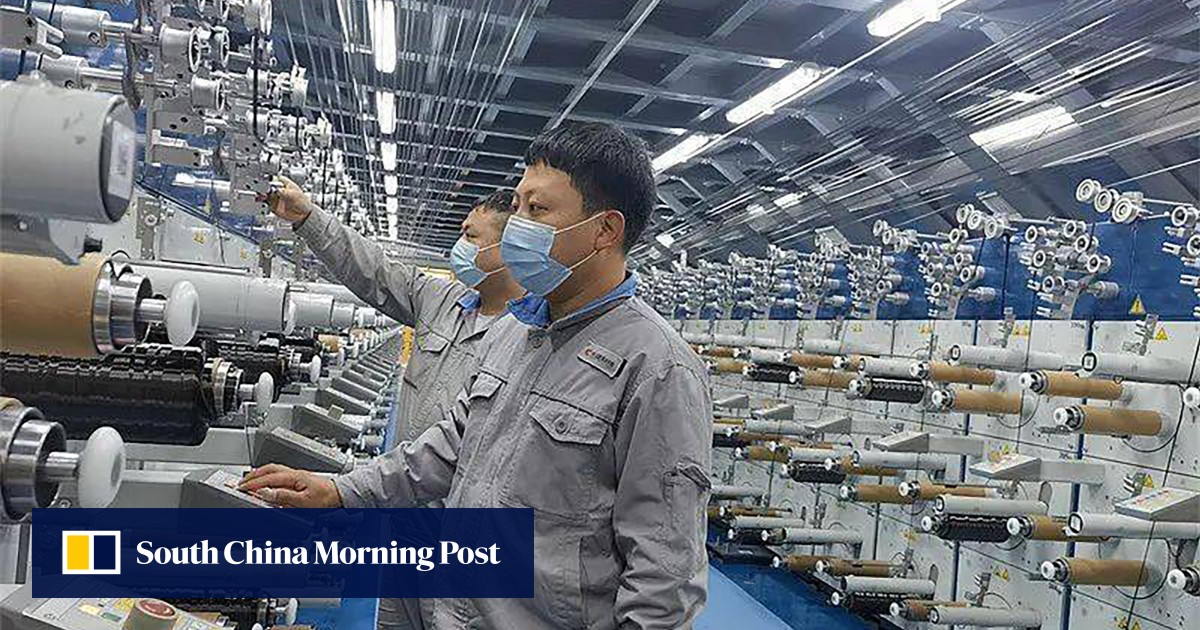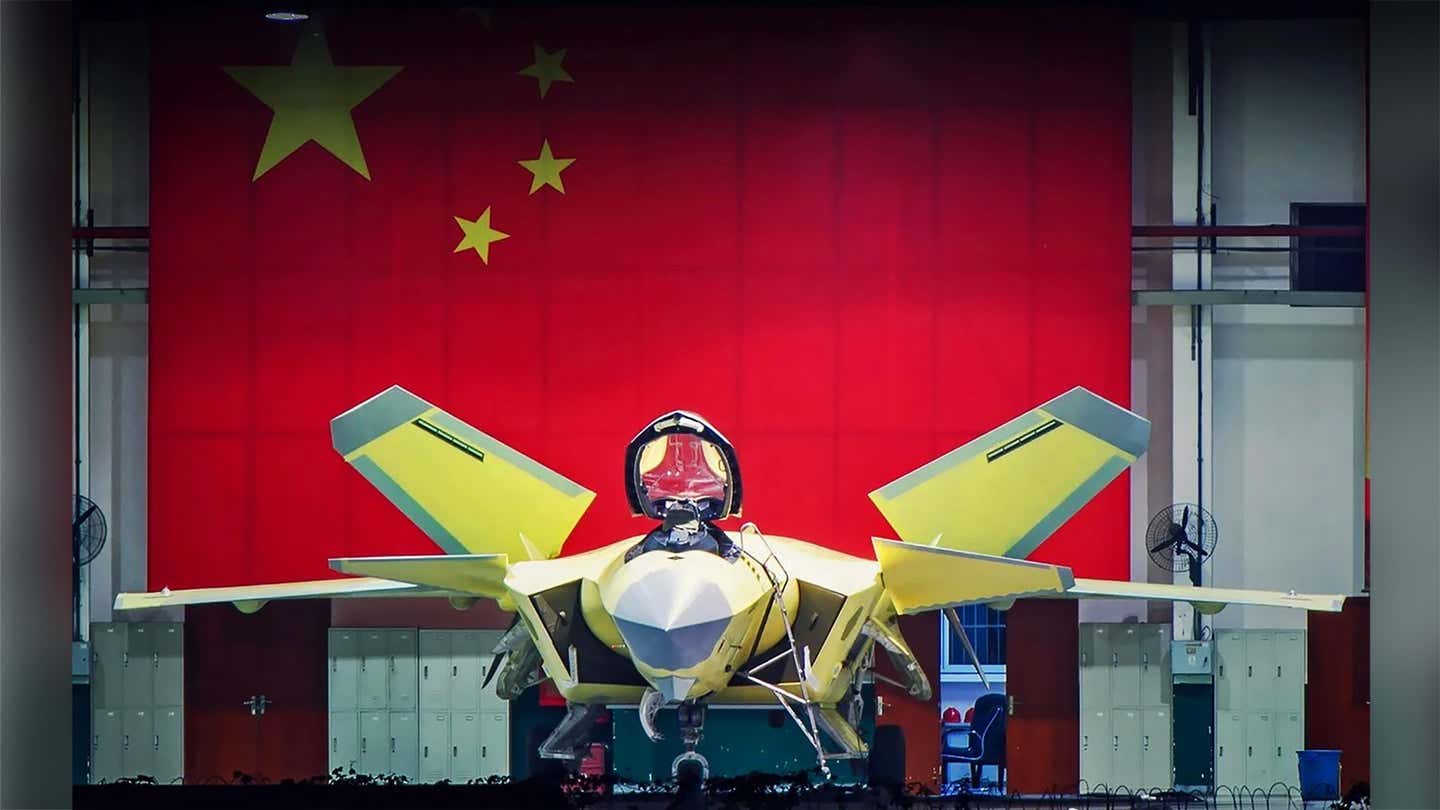beijingwalker
ELITE MEMBER

- Joined
- Nov 4, 2011
- Messages
- 65,187
- Reaction score
- -55
- Country
- Location
Chinese tech could break barrier to making crucial defence and aerospace material
- China develops way to mass produce ultra-strong T1000 carbon fibre, used in missiles, space stations and wind turbines
- US and Japanese bans on exports of manufacturing equipment have blocked Beijing from producing high-performance materials – until now
Published: 1:00pm, 23 Aug, 2023
The production line by Changsheng Technology can make 1,700 tonnes (1,874 tons) of high-performance, ultra-strong carbon fibre each year. Photo: Changsheng Technology
China has developed technology for the mass production of ultra-strong carbon fibre, which could help break international monopolies to supply materials for the aerospace and defence industries.
Changsheng Technology Co Ltd, based in the northern province of Hebei, worked with Shenzhen University to produce high-performance carbon fibre on a production line that can make 1,700 tonnes (1,874 tons) of the material per year.
Carbon fibre is an essential strategic material with excellent mechanical properties and chemical stability. It is indispensable for the aerospace, defence, transport, new energy and marine engineering industries.
For example, carbon fibre reinforced resin (CFRP) is used as a key structural material in missiles, satellites and space stations. Warships that use CFRP are very strong and can absorb electromagnetic waves while boasting excellent impact resistance and a low radar and magnetic field signature.
China had been largely blocked from carbon fibre production because of US and Japanese bans on exports of manufacturing equipment to the country.
Despite this, China has overcome many of the obstacles to its carbon fibre industry, which has grown to account for about one-third of global production by 2022.
However, until the breakthrough by Changsheng Technology and Shenzhen University, China did not have a way of mass producing the equivalent of high-performance T1000 carbon fibre, one of the strongest types of the material, which is rated according to its ability to withstand stress.
China’s carbon fibre production had been mostly limited to T300 and T700 varieties, with high-performance T1000 carbon fibre accounting for just a sliver, according to a Changsheng Technology staff member quoted by People’s Daily.
Changsheng Technology’s chief scientist, Xu Jian, noted that a metre-long (3.3-foot) bundle of T1000 carbon fibre weighed only 0.5 grams (0.018 ounces) but could withstand about 500kg (1,102lbs) of force.
“A finger-thick bundle can even pull two aeroplanes,” said Xu, who is also a professor at Shenzhen University.
Demand for the material has been driven higher by an increase in hydrogen energy and wind power installations.
High-end, high-pressure hydrogen storage tanks are often made of carbon fibre, and offshore wind turbine blades also use the lightweight and durable material.
Despite the growth in demand, industry experts have voiced concerns about overcapacity, intensifying anti-globalisation trends and barriers to technological research.
“Due to the late start in China, there is a clear technical gap with developed countries, especially in the field of high-end products,” said a manager of Zhongjian Technology in a June report by Xinhua Finance.
The large-scale production of T1000 carbon fibre will help Chinese companies extend the industrial chain. In 2022, four Chinese carbon fibre companies ranked among the world’s top 10 in terms of capacity.
People’s Daily reported on Monday that Changsheng Technology’s production line was validated by an expert committee from the China Petroleum and Chemical Industry Federation, which found that more than 95 per cent of the carbon fibre it produced met quality standards.

Chinese tech could break barrier to crucial defence and aerospace material
China develops way to mass produce ultra-strong carbon fibre – used in missiles, space stations and wind turbines – despite US and Japanese export bans on manufacturing equipment.


